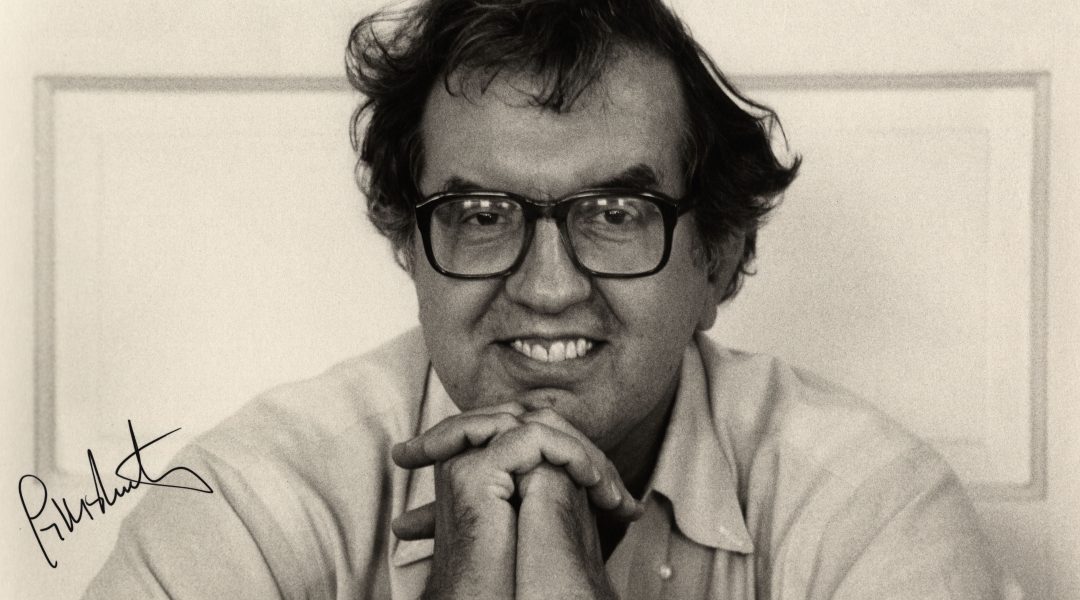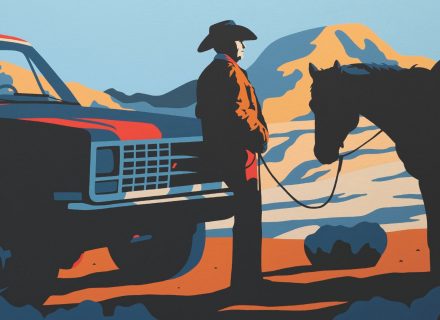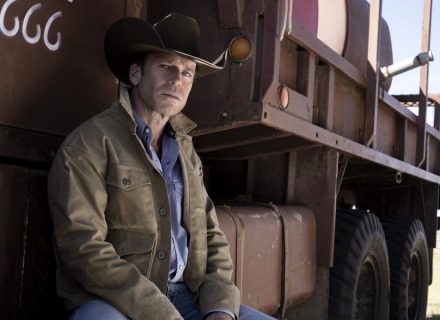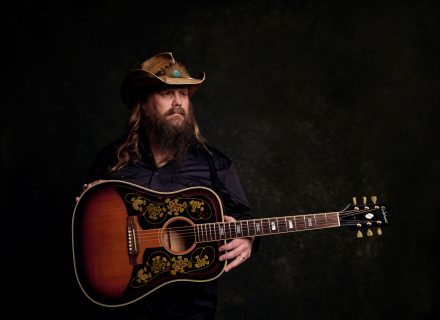Writing partner Diana Ossana remembers the author, the man, and Lonesome Dove on the 35th anniversary of the miniseries based on Larry McMurtry’s masterpiece.
Back when the late Larry McMurtry and his writing partner, Diana Ossana, were promoting Brokeback Mountain, the acclaimed 2005 drama that would earn them Academy Awards for Best Adapted Screenplay, my interview with them inevitably turned to McMurty’s Lonesome Dove — his 1985 novel, which won a Pulitzer Prize, and the epic 1989 miniseries adaptation starring Robert Duvall and Tommy Lee Jones. But when I noted that both the novel and the Emmy winning miniseries were widely credited with reviving the classic myth of the American West, McMurtry said no one was more surprised by that than he was.
“I always thought of Lonesome Dove as anti-mythic,” he told me. “That’s not the way it was received, of course. Authors very rarely have any control over how their books are read or perceived. But I always thought of it as critical rather than celebratory.”
Millions of readers and TV viewers disagreed, of course, leading to a slew of sequels and spin-offs.
First there was Return to Lonesome Dove — the 1993 miniseries starring Jon Voight as Woodrow F. Call — which begat the syndicated TV series Lonesome Dove: The Series (1994) and Lonesome Dove: The Outlaw Years (1995). But McMurtry had little input (and, apparently, even less regard) for those productions. (You wouldn’t be far off the mark to describe them collectively as Lonesome Dove: The Alternative Universe.)
The “official” canon consists of McMurtry’s novels Streets of Laredo (1993), Dead Man’s Walk (1995), and Comanche Moon (1997), along with the miniseries adaptations scripted by McMurtry and Ossana.
Late last fall, I had the pleasure and privilege of speaking with Diana Ossana about the Lonesome Dove saga. Here are some highlights from our conversation, edited for brevity and clarity.
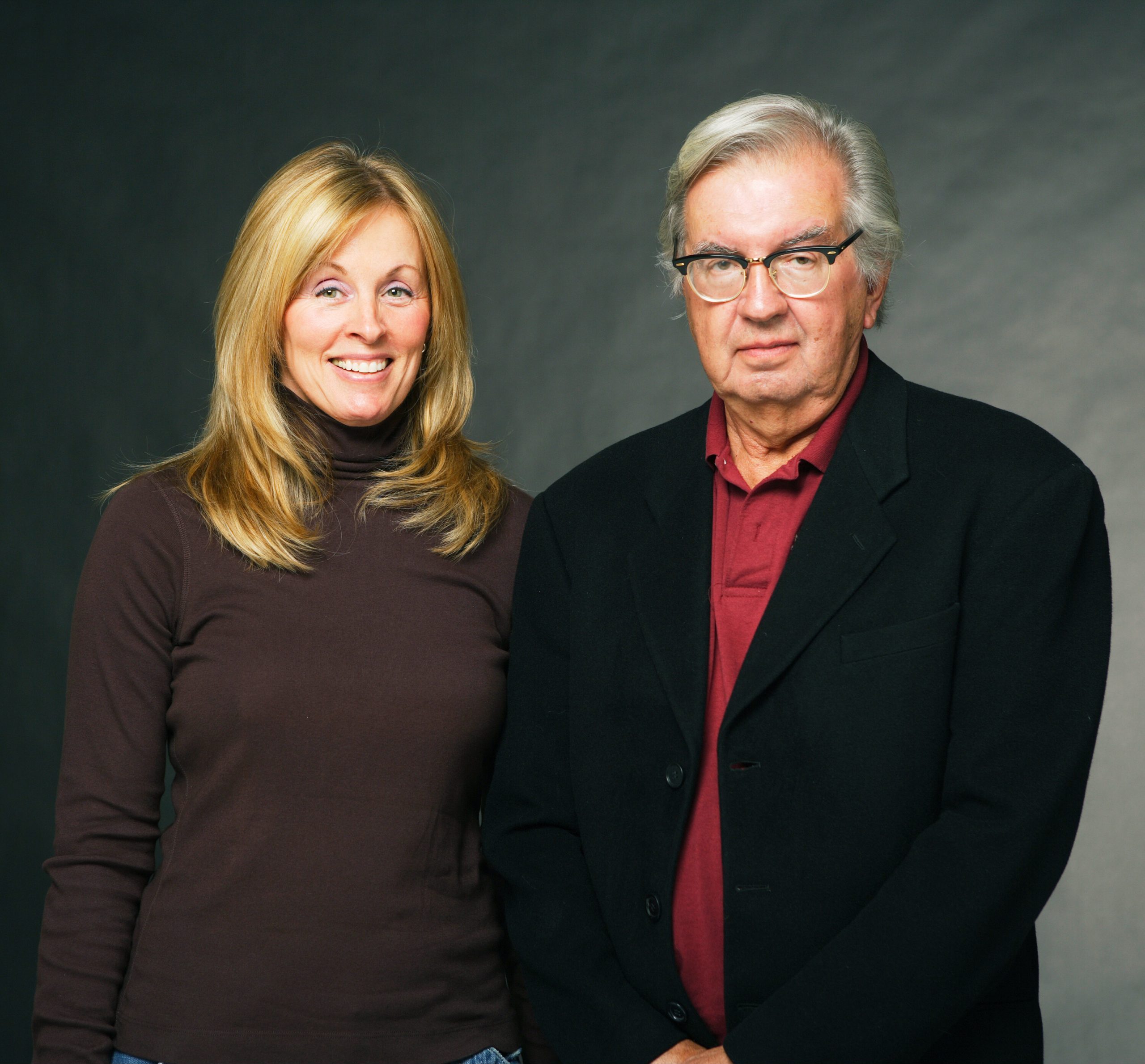 Photography: Kimberly French
Photography: Kimberly French
C&I: Larry didn’t want any part of Return to Lonesome Dove, did he?
Diana Ossana: Well, I can speak to all of that because Larry lived with me. And he received a request from the gentleman who wrote Return to Lonesome Dove because they wanted Larry’s input on that. Larry thought he was a very nice man, and he said he read what the man had written. And he said that it was okay, but he couldn’t speak to it because it really didn’t have anything to do with him. It was not based on one of his books. And he just thought that Return to Lonesome Dove was, to be blunt, silly. That was the word he used to describe it.
C&I: And the spin-off TV series?
Ossana: Larry was the kind of person who, when he wrote something and then it was bought up or chosen to be in some other medium like film or TV, he just let it go. He’d wish them luck and say, “Bye. Goodbye.” When it came to the three other Lonesome Dove novels, however, he wanted to stay hands-on, but wanted me to help. So I helped as best I could while trying to stay true to his desires concerning [screenplays for] the miniseries.
But as far as Hud and Terms of Endearment — those things, Larry just let them go. And that was pretty much how he was about each book that he wrote. He would write it and then move on. About two weeks after he would write it, he just sort of let it go out of his imagination and moved on. And that’s probably why some folks, when they take the four [Lonesome Dove] novels together, they find some things that are — oh, how can I put it? They don’t follow. There might be some things that don’t match up or whatever. But he didn’t care about that at all. And he had no desire to look backwards. He was not that kind of person. I kind of described him as a shark. He was always moving forward.
C&I: Still, I can only assume he had some affection for Woodrow F. Call and Gus McCrae, since he wound up writing three more novels about them after Lonesome Dove.
Ossana: I don’t think affection is the right word. But as you can see in some of his other works, he would follow characters in other books. He did a whole series of books [about Duane Jackson] after The Last Picture Show. Larry would get attached to characters and their stories and want to investigate them more. Which is why I think he took Gus and Call and made them young people [in Dead Man’s Walk and Comanche Moon] and then began to sort of imagine their journey into adulthood maturity. That I’m fairly certain of.
Larry was the kind of person who, when he wrote something and then it was bought up or chosen to be in some other medium like film or TV, he just let it go. He’d wish them luck and say “Bye. Goodbye.” When it came to the three other Lonesome Dove novels, however, he wanted to stay hands-on, but wanted me to help. ~ Diana Ossana
C&I: You were witness at creation, so to speak, when he wrote Streets of Laredo, a novel set after the events of Lonesome Dove. At the time, he was recovering from heart surgery, and more than a little depressed, correct?
Ossana: Streets of Laredo was written at my kitchen counter, I think. He never left my house during that time, or after. Not for a couple years, probably. And I think if when you read Streets — well, it was after his heart attack, and open-heart surgery. He felt gutted by that surgery. And I knew it then, and I can just reaffirm it now, that Larry felt very much like [Gus McCrae], who lost limbs. Larry felt like a shadow of his former self, to use a cliché. He felt like he was an outline. Like he didn’t exist anymore. And he mentioned to me more than once during the writing that he felt like it was being faxed to him from his former self.
C&I: Did he ever finally warm up to the fact that, never mind how he originally intended it to be perceived, Lonesome Dove was a classic?
Ossana: [Laughs.] He would shake his head and say, “These were bad men. I don’t know why they’re so iconic.” And I said, “You know this, you and I’ve talked about this — they’re compelling characters. Because they’re so very different from each other, they’re compelling. And even a villain — a real villain, a villain that really works — has to be compelling. And these men are. Look at Gus. He’s funny as hell. He’s a ladies’ man, and Call is an enigma. People are fascinated by enigmas.” I would try to walk him through this. And a lot of times, he’d look at me and agree.
I finally said to him one day, “Larry, Gus and Call are you.” He said, “Well, no. I wrote them because I wanted to understand my father. Call was like my father.” And I said, “I think Gus was probably like him, too. But I see you in both of these men. Gus is hilarious and so are you. And when you get moody and withdrawn, you’re Call.”
C&I: Thank you for sharing your memories of Larry.
Ossana: Well, I appreciate talking to you. And look, for anybody that is interested in Larry, I have to tell you — I love him, and I miss him so badly. It’s kind of cathartic for me to talk about him. I felt like he never got the attention or acknowledgement he deserved when he was alive.
Check out our celebration of Lonesome Dove's 35th birthday.
This article appears in our February/March 2024 issue.
Check out more C&I content through our Instagram, Facebook, TikTok, and Pinterest.






